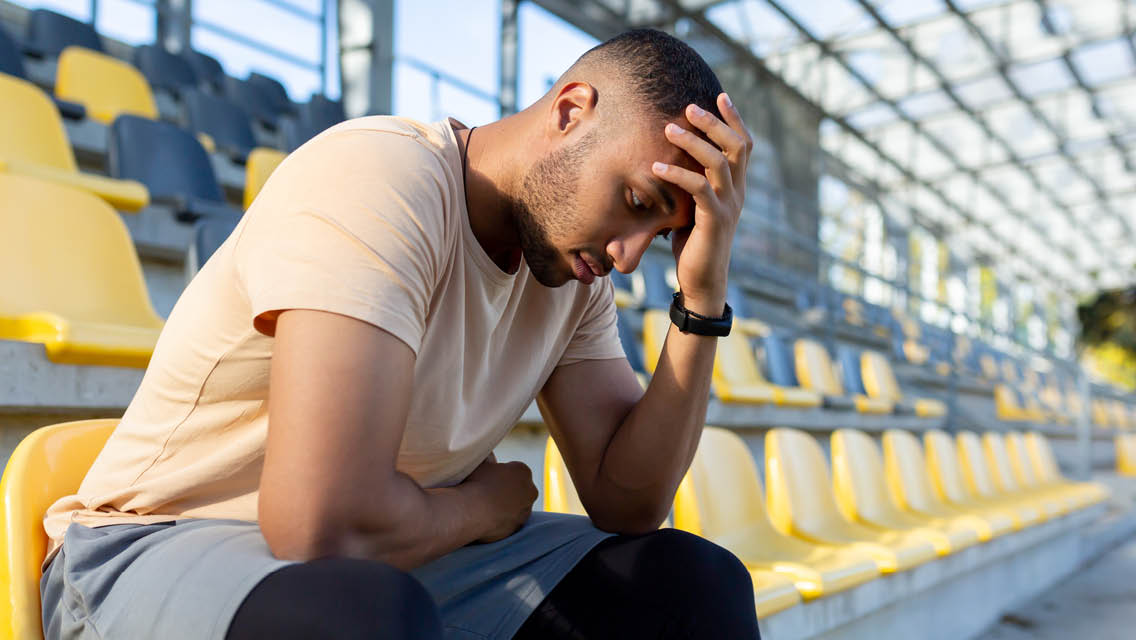Self-comparison, self-judgment, even self-hatred: The effects of body-image concerns were once thought to chiefly apply to young women. But these issues are increasingly being recognized among men — as well as transgender and nonbinary people who face the additional hurdle of their sex and gender not aligning. The combined forces of social media and the pandemic have hastened the spread.
Societal and other pressures to conform to a certain body type have long been shown to trigger disordered eating, obsessive exercising, and mental health conditions, such as anxiety and depression. Until recently, however, few studies have focused on how men respond to these pressures. The picture this research paints is not a pretty one.
- Surveying 2,000 British men between the ages of 16 and 40 in the first year of the pandemic, the suicide-prevention organization Campaign Against Living Miserably found that nearly half of respondents had struggled with body-image issues, and almost six in 10 blamed the isolation caused by COVID-19. Only one in four reported feeling happy with their appearance.
- The results of a 2021 study suggest that cultural assumptions about masculine behavior — and appearance — drove many participants during times of stress to report dissatisfaction with their bodies.
- A 2020 meta-analysis of 23 studies concluded that “body dissatisfaction appears to be related to anxiety and depression in otherwise healthy adult males.”
- Reviewing 1,000 Instagram posts to determine how the body types shown affected the response of the men viewing them, a team led by Thomas Gültzow, PhD, found that a clear majority of posts depicted lean or muscular body types, and they elicited many more likes and comments than those showing less-athletic men.
“The stigma around male body-image issues often prevents young men from speaking honestly about their experiences and seeking treatment for related mental health challenges,” notes the Newport Institute, a nationwide network of mental health treatment facilities. “Hopefully, the male body-positivity movement will begin to grow in momentum as awareness around the prevalence and severity of male body-image issues increases.” (For more on body-image issues, see “What Is Body Neutrality and How Can I Embrace It?”)
This article originally appeared as “The Trouble With “Buff Enough”: Male Body Dysmorphia” in the June 2023 issue of Experience Life.





This Post Has 0 Comments